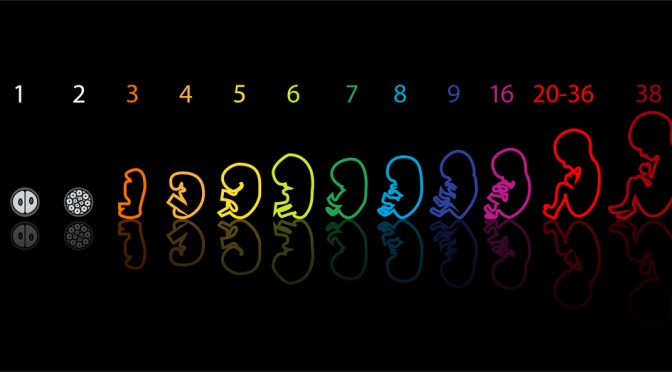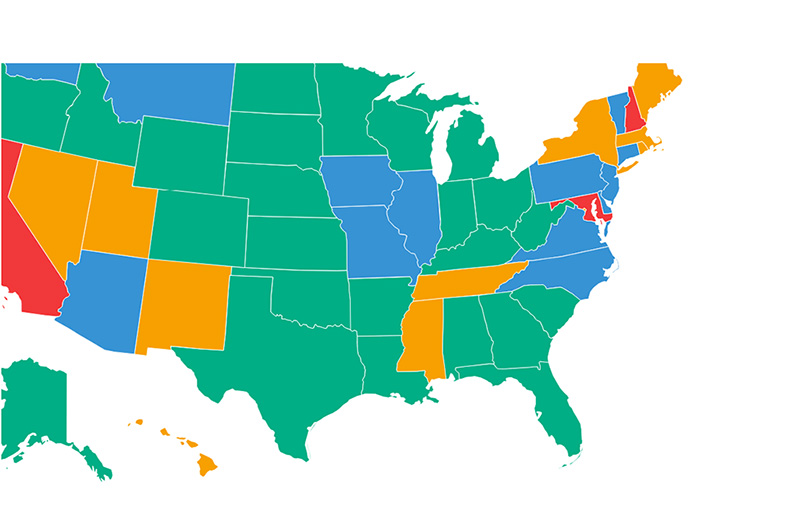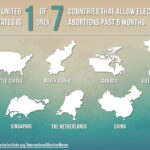Education, Not Propaganda
Abortion ends the life of a unique human being. Children in Oklahoma public schools will learn that lesson beginning this fall.
Governor Mary Fallin signed the Humanity of the Unborn Child Act into law on June 6, and the provisions of the law are scheduled to go into effect beginning on November 1. The law, which is aimed at fostering a scientifically accurate understanding of embryology, fetal development, and alternatives to abortion on the part of both students and the general public, aspires to “the purpose of achieving an abortion-free society.”
While myriad legislation has been attempted or passed at the state level across the country in an effort to regulate the abortion industry, Oklahoma’s new law represents an innovative and forward-thinking approach to the effort to limit and ultimately end abortion. The Supreme Court’s adverse ruling in Whole Woman’s Health v. Hellerstedt on June 27, which struck down two provisions of Texas legislation requiring that physicians performing an abortion have active admitting privileges at a hospital within 30 miles of the abortion facility and that abortion facilities meet the minimum standards for ambulatory surgical centers, has left state legislators wondering what laws relating to abortion practice will hold up in court. Oklahoma’s new law avoids that uncertainty and instead implements an informational program that should influence public opinion on the legal and moral status of abortion.
The law contains several provisions. The State Department of Health is directed to develop and annually update an electronic form “containing information concerning public and private agencies and services available to assist a woman through pregnancy, upon childbirth and while the child is dependent.” This will include contact information for all agencies listed. Information from this comprehensive list will be posted in the restrooms of any facilities licensed by the State Department of Health and open to the public.
The Department of Health will also compile scientifically accurate information “concerning the probable anatomical and physiological characteristics of the unborn child at two-week gestational intervals” and assist community-based organizations “in the planning and implementation of abortion prevention, alternatives to abortion referral and education programs regarding the humanity of the unborn child.” The law refers to the website A Woman’s Right to Know as a suitable resource for the Department of Health to consult in compiling its information. The information on the website was developed by the Oklahoma State Board of Medical Licensure and Supervision to satisfy the state’s informed consent laws.
Additionally, the Department of Education is tasked with establishing “an instructional program for students consistent with the provisions” of the Act. Local school boards are given discretion as to the content of the instruction offered in their district, so long as the instructional program provides accurate information on embryology—that pregnancy begins at conception when the union of a man’s sperm and a woman’s egg forms a single-cell embryo—and fetal development at two-week gestational intervals. Parents retain the right to opt their children out of the classroom component of the law.

Critics of the law object to the state public school system ostensibly taking a side in a controversial debate, likening such an educational initiative to “anti-abortion propagandizing.” But while the overarching goal of the law—achieving an abortion-free society—reveals a clear agenda, the content that the law requires to be taught in Oklahoma classrooms is objective in nature.
When human life begins is a scientific question. That a new individual member of the species homo sapiens—possessed of his or her own genetic code and capable of directing, provided a suitable environment, its own growth from a single-celled zygote all the way to a developed adult—begins at the moment a man’s sperm fertilizes a woman’s egg is not disputed science. Mainstream biology textbooks and works on embryology confirm as much, as can the admissions of numerous prominent pro-choice leaders and theorists.
To the extent that misinformation about the nature of the unborn child from conception until birth abounds among the general public, Oklahoma’s new law promises to contribute to the building of a general consensus regarding the moral and legal status of abortion. Teaching students accurate information regarding embryology is not propaganda. It’s education.
Oklahoma has provided a complementary approach for pro-life lawmakers to take in making abortion rare. Seeking to shape public opinion about the practice—affecting hearts and minds—can reduce demand for abortions in the first place.
Tim Bradley is a research associate at the Charlotte Lozier Institute.


























